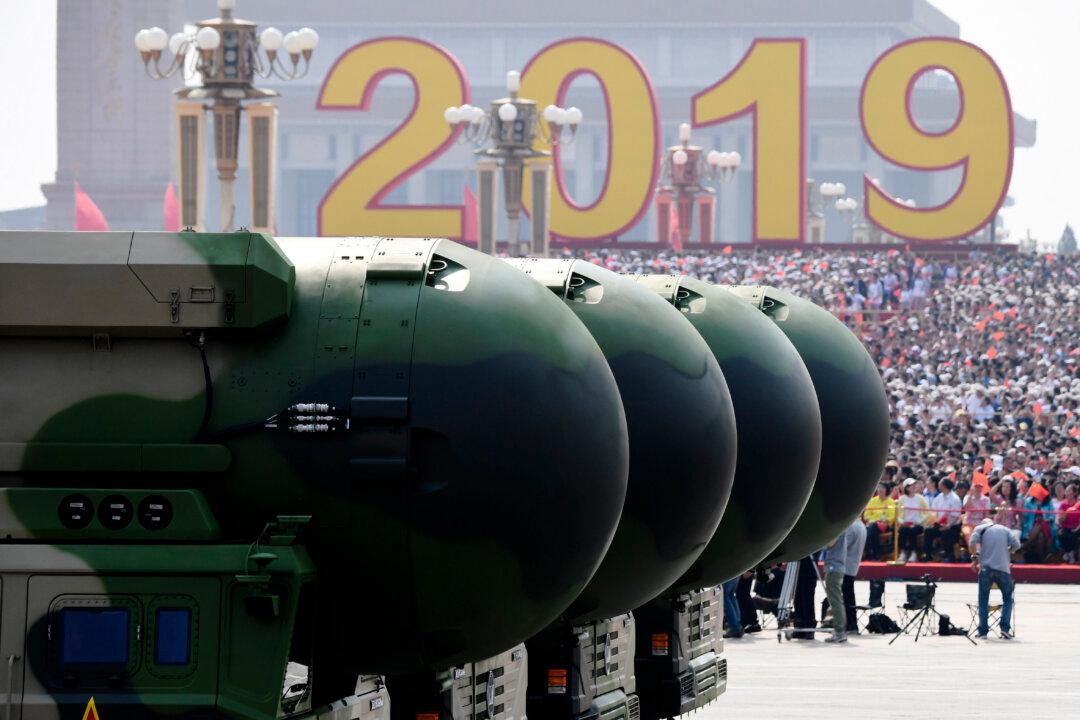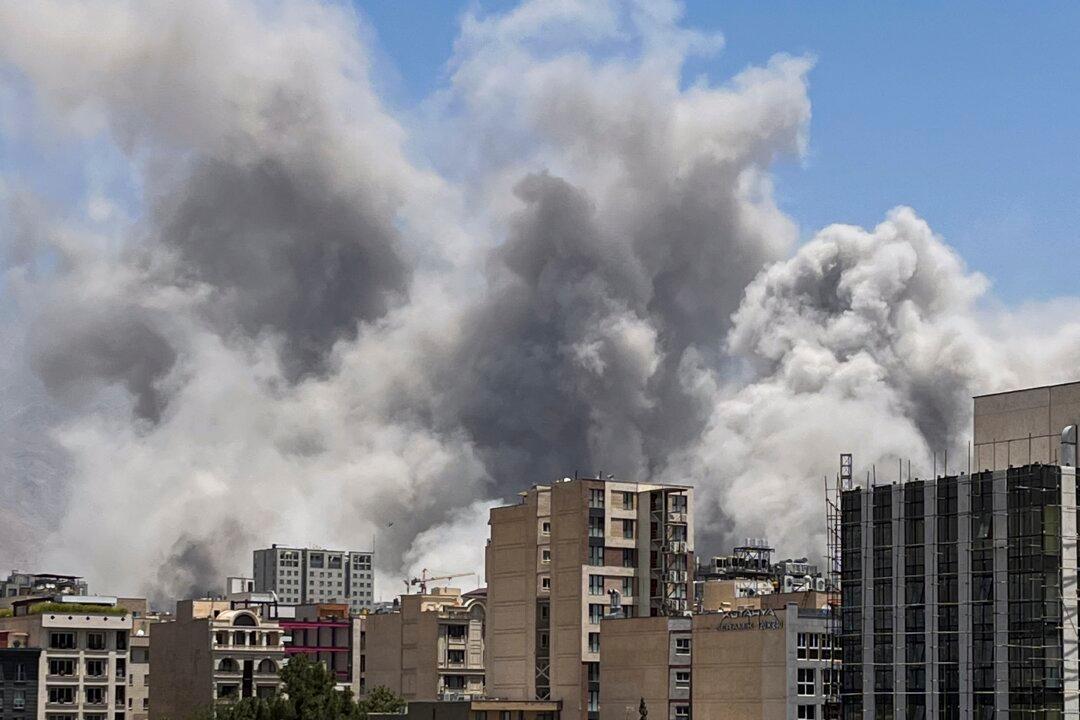While the Chinese regime hasn’t spared any criticism of the U.N. tribunal’s July 12 ruling that denied its controversial claim to much of the South China Sea, Beijing seems to be trying another, more direct diplomatic gambit: dialogue with the new Philippine leadership.
In a 49-page white paper released on July 13, Chinese authorities proposed to settle “the relevant disputes between China and the Philippines in the South China Sea” through negotiation.
The Philippines has recently undergone a political transition, with former President Benigno Aquino III stepping down June 30. President Rodrigo Duterte has replaced him.
Chinese vice-foreign minister Liu Zhenmin said China was baffled by the foreign policy of the former president, who initiated the U.N. court case in 2013, while viewing Duterte with more hope, according to a translation of his press conference by South China Morning Post.
“The leadership transition has offered a good chance for China and the Philippines to improve relations,” Liu said.
Using the 1947 “nine dash line” that was proposed even prior to its takeover of mainland China, the communist regime maintains claims to a huge swath of the South China Sea, which handles over a third of the world’s shipping and has access to several major ports.
The U.N. Tribunal ruled that China’s claims were “extinguished” when it joined the U.N. Convention on the Law of the Sea, and that its “claim to historic rights to resources” in the region are also incompatible with allocation of rights and maritime zones under the Convention.
Alongside Taiwan, which officially claims the same boundaries as mainland China, four adjacent states—the Philippines, Vietnam, Malaysia, and Brunei—have more modest demands. All are in some form of mutual dispute.
The issue has escalated to new heights since the late 2000s, when Chinese naval, coast guard, and air forces began expanding deployments in the region. One of the greatest symbols of this expansion is the “Great Wall of Sand”—artificial islands built upon what were once reefs and sea rocks—and which The Hague ruled as a violation of Philippine sovereignty.
Despite China’s protests, it is a signatory state to the Convention, making it legally obligated to heed the court ruling.
Vice-foreign minister Liu’s unspecified offer of goodwill has little to indicate the degree of its sincerity. On July 12, he accused the international court as being on Manila’s payroll. “Who paid them? Is it the Philippines or other countries?”
Liu also said that China has “such a right” to set up an air control zone and that the regime would continue to work for “progress” in the region.




